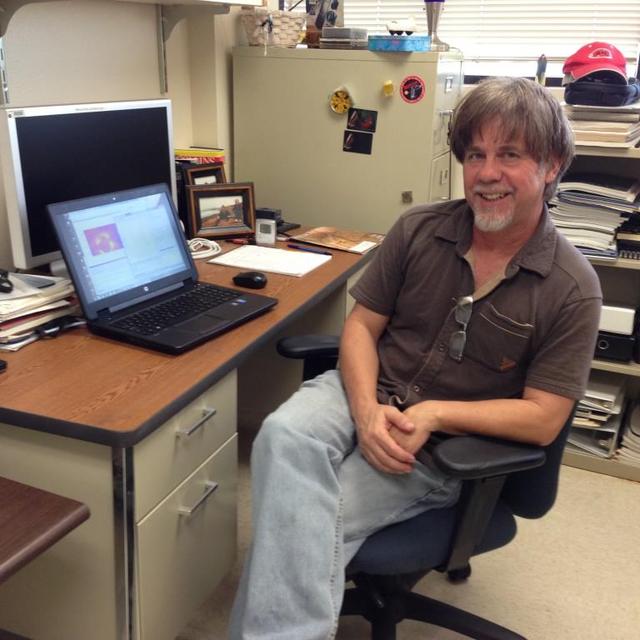June
2017
•
2017ApJ...842...79M
Authors
•
Morris, Patrick W.
•
Gull, Theodore R.
•
Hillier, D. John
•
Barlow, M. J.
•
Royer, Pierre
•
Nielsen, Krister
•
Black, John
•
Swinyard, Bruce
Abstract
•
Infrared observations of the dusty, massive Homunculus Nebula around the luminous blue variable η Carinae are crucial to characterize the mass-loss history and help constrain the mechanisms leading to the great eruption. We present the 2.4-670 μm spectral energy distribution, constructed from legacy Infrared Space Observatory observations and new spectroscopy obtained with the Herschel Space Observatory. Using radiative transfer modeling, we find that the two best-fit dust models yield compositions that are consistent with CNO-processed material, with iron, pyroxene and other metal-rich silicates, corundum, and magnesium-iron sulfide in common. Spherical corundum grains are supported by the good match to a narrow 20.2 μm feature. Our preferred model contains nitrides AlN and Si3N4 in low abundances. Dust masses range from 0.25 to 0.44 {M}⊙ , but {M}{tot}≥slant 45 {M}⊙ in both cases, due to an expected high Fe gas-to-dust ratio. The bulk of dust is within a 5\prime\prime × 7\prime\prime central region. An additional compact feature is detected at 390 μm. We obtain {L}{IR} = 2.96 × 106 {L}⊙ , a 25% decline from an average of mid-IR photometric levels observed in 1971-1977. This indicates a reduction in circumstellar extinction in conjunction with an increase in visual brightness, allowing 25%-40% of optical and UV radiation to escape from the central source. We also present an analysis of 12CO and 13CO J = 5-4 through 9-8 lines, showing that the abundances are consistent with expectations for CNO-processed material. The [12C II] line is detected in absorption, which we suspect originates in foreground material at very low excitation temperatures.
Links




